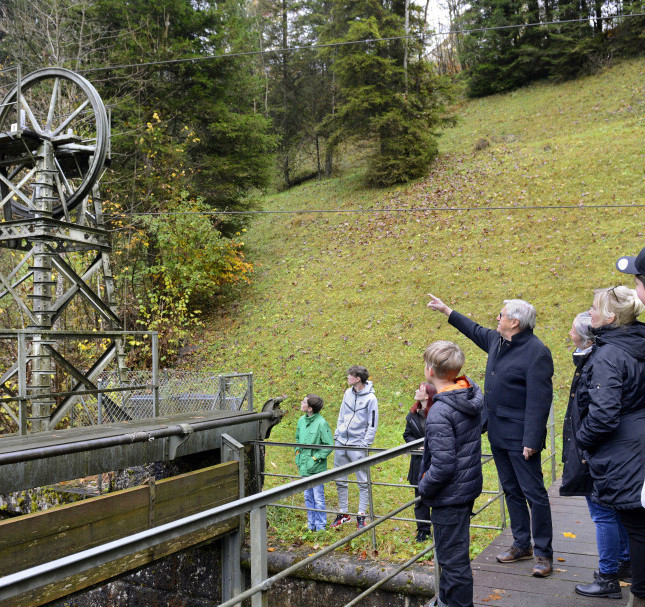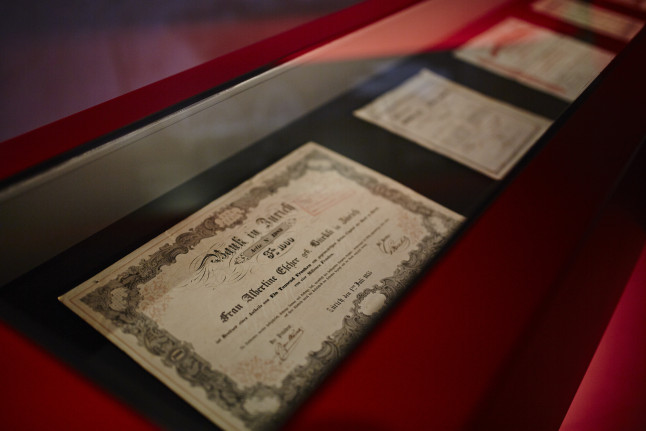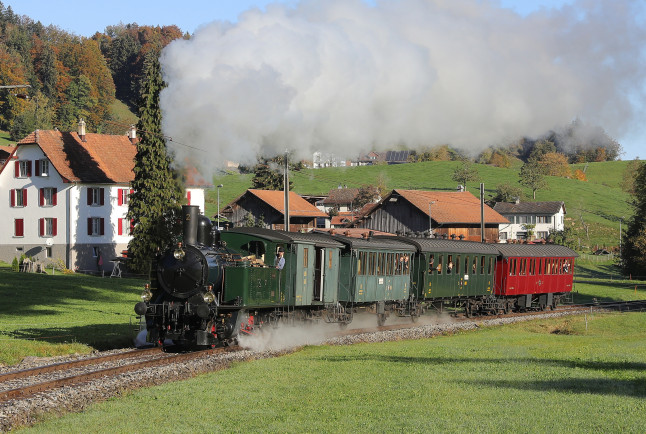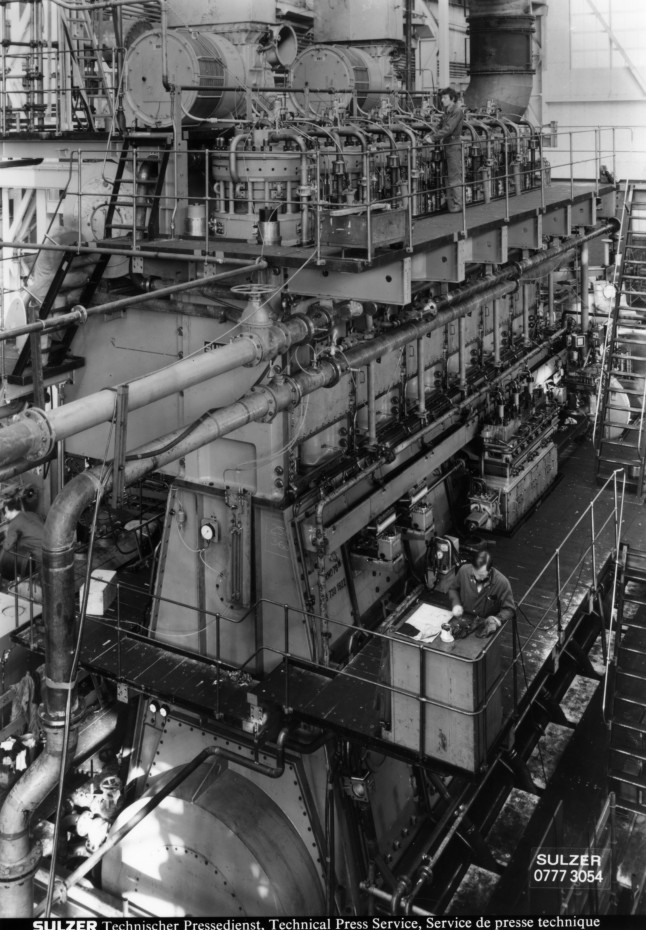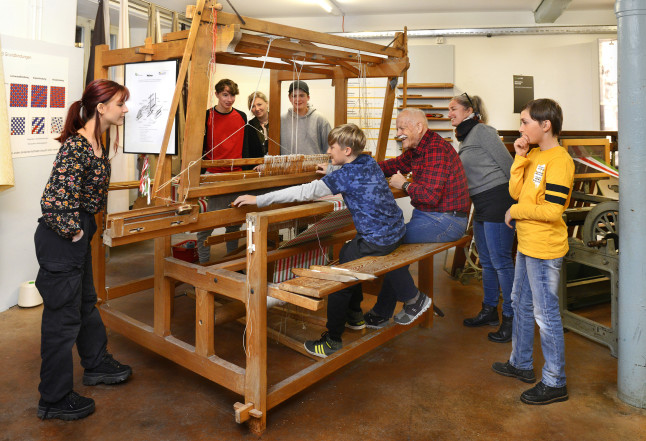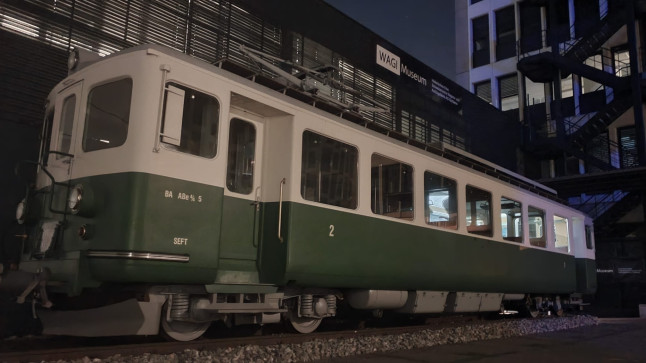The WAGI Museum in Schlieren recounts the eventful history of SWS. Its collection presents SWS's broad range of products: In addtion to the core business of railway carriages and lifts, the company also produced coaches, escalators, and aircraft components. This display of historical objects takes you back to a time when Schlieren was still a bustling production site.
If you wish to dive even deeper into SWS-history, you can also visit their archives. The holdings are being kept at the WAGI.

